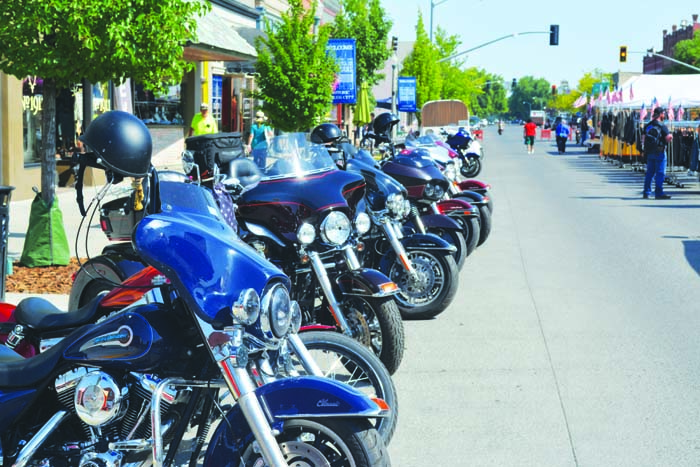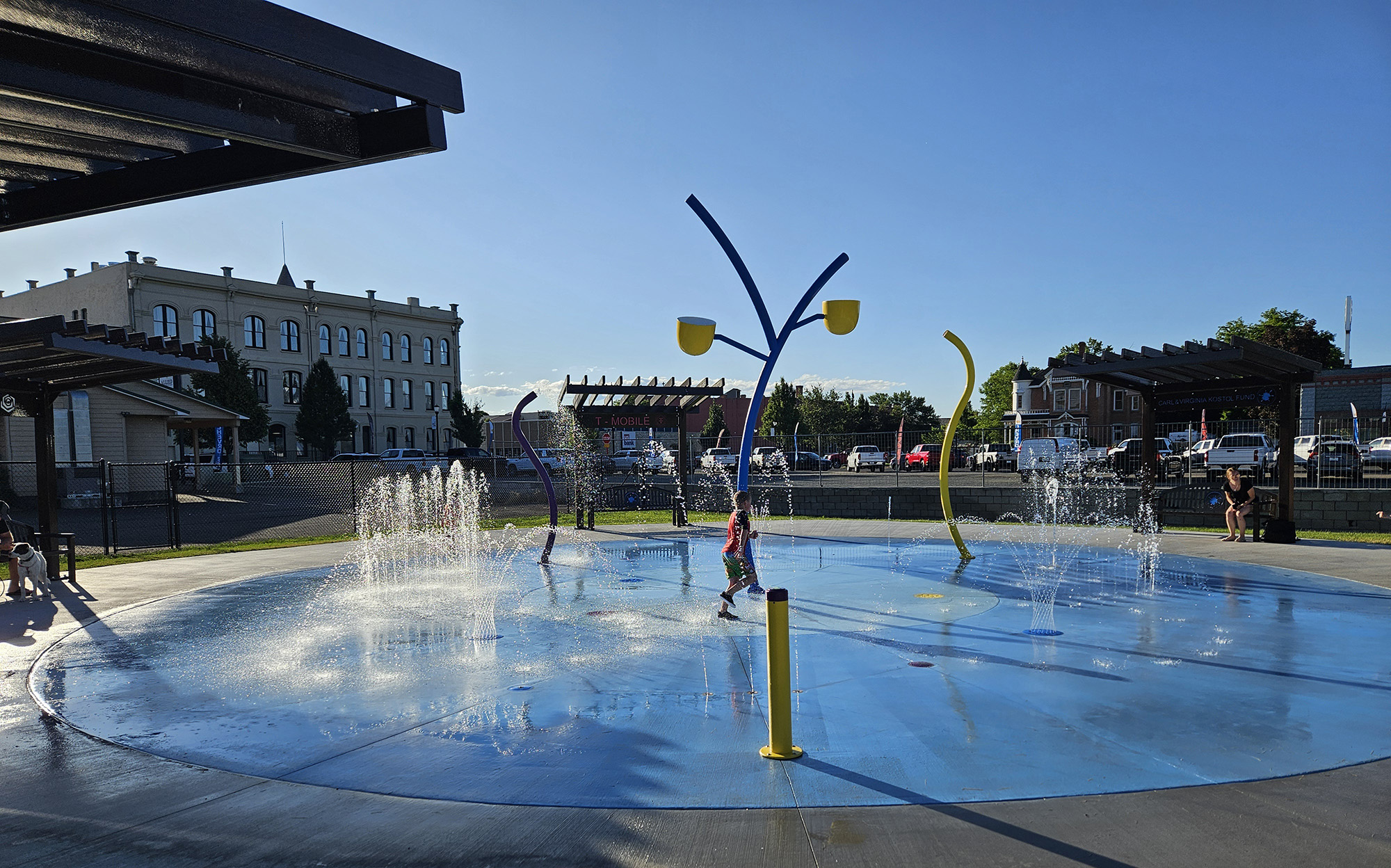COLUMN: Face full of leaves spurs memories of a maple
Published 1:00 pm Friday, November 25, 2022
I had forgotten how much fun a yard full of fallen leaves can be until I had an armful chucked in my face.
The thrower was my grandson, Brysen Weitz.
His aim was true.
A mixture of willow and ash leaves littered my hair and shoulders.
And the sleeves of my jacket — leaves, even dry ones, as these fortunately were, stick to fleece and once there are not inclined to be dislodged.
Brysen is 5. His brother, Caden, who is 3, proved equally adept at carrying leaves but was less accurate with his crackling bombardments.
The age range between 3 and 5 is the prime period, of course, for turning leaves, which nature supplies for free every autumn, into a toy that holds young attentions longer than any number of expensive electronic gadgets.
Besides which we were out in the good clean air, none of us tethered to a cord.
I had been out there, wielding a rake, a few hours before Brysen and Caden came to visit.
As I yanked the plastic tines across the grass (unusually green for mid-autumn, a testament to weather that, until recently, was quite mild) I understood that my labors were likely to be futile.
I knew the boys were coming over.
More to the point, I knew that small boys can no more ignore piles of leaves than they can pass a plate of chocolate chip cookies without pleading to be given one.
(Or, depending on the boy, grabbing one and commencing to gobbling. This is not illogical — even if the boy gets into a bit of trouble, it’s not as if the parents can take the cookie back. Regret is supposed to be a bitter emotion, but it’s much less so when the sweet flavor of chocolate still lingers on the tongue.)
I was once a small boy myself, and although that era sometimes seems impossibly distant, certain things — piles of leaves and plates of chocolate chip cookies, to name but two — can briefly bring me closer to the past.
From my adult perspective, the piles of leaves are pleasing to the eye, symbols of order and neatness. I appreciate how the modest mounds, with their mottled shades of brown and yellow, are surrounded by expanses of untrammeled grass, soft and lush.
Such nuances are, of course, as meaningless as calculus to a 5-year-old and a 3-year-old.
They see a series of piles obviously constructed for the sole purpose of being dismantled, the pieces scattered about the yard (with some held in reserve to toss over Papa’s head.)
After the boys had gone I grabbed the rake and rebuilt the piles.
A couple days later the wind freshened, the willow boughs whipped about and I was basically back where I had started. A southern gale respects my rake work about as much as my grandsons do.
While I was out there, trying to persuade the leaves to yield to the tines, I got to thinking, as I almost always do at such times, about my maternal grandparents’ home in Stayton, the town where I grew up.
(Mine was a fortunate childhood in many respects, not least being that both sets of grandparents lived little more than a mile away. Their homes were much closer to each other — very nearly within the range of a well-thrown dirt clod.)
Grandma and Grandpa’s house was on what seemed to me, as a boy, a sprawling property. There was a filbert orchard and a big garden and blackberry bushes and a goldfish pond and a secluded patch of grass we always called the sunken garden.
The property was bordered on one side by an irrigation ditch.
But among its many trees and shrubs, one stood out, literally so. It’s a bigleaf maple, a hoary old thing, draped in moss and so thick around that it probably would have taken me and all three of my siblings, holding hands, to encircle the trunk.
The maple, which stood between the house and the street, cast a great patch of shade. Two swings hung from branches.
But when I remember the maple I invariably see it in the fall of the year, after it had shed most of its yellow and orange leaves.
And such a bounty of leaves, as the maple is both broad and tall.
We would gather some weekend day, my family and probably some cousins, although my memory is a bit murky in that regard, and have a go at raking the leaves.
The bigleaf maple, if you’re not well acquainted with the species, is aptly named. The leaves, some of them, were as big as a dinner plate.
Those days are among the more vivid from my childhood.
I remember the crunch of the leaves, the earthy smell of them, the skeletal look of the tree, nearly bereft of the foliage it carried for half the year.
My grandpa died in 1980, my grandma five years later. The house was sold, then torn down.
When I drive past the property now, bare of the house and many of the plants my grandparents tended, it seems much smaller than I can account for solely by the different perspectives of a man and a boy. This saddens me in a way I can scarcely describe. It is, I suppose, a palpable reminder of time’s terrible passage, that some of our best days, once passed, are gone forever, leaving us with only the ersatz versions we call memories.
But all is not lost.
The maple tree still stands — or at least it did when I last went that way, a couple months ago.
It must be elderly by the standards of maples, which don’t live so long, usually, as the conifers. I suppose no one has raked its leaves in decades, their fates left to the vagaries of wind.
I don’t wish to involve my grandsons in trespassing, of course.
But I think it would be a fine thing, on some autumn day, to introduce Brysen and Caden to this great old tree, to let another generation — the fifth, they would be — kick around the leaves that are the products of such deep and persistent roots.







